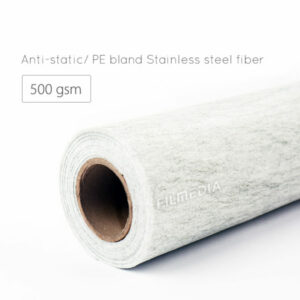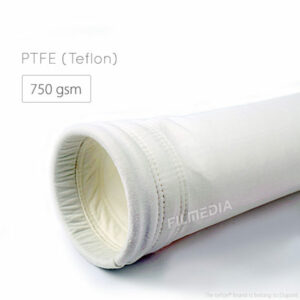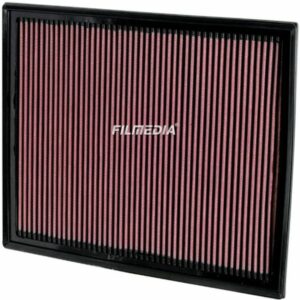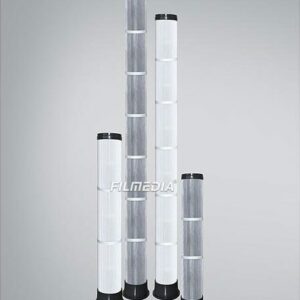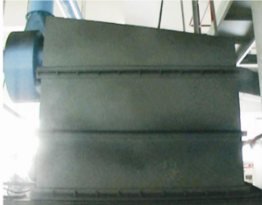Causes of the bridge of the sewing machine
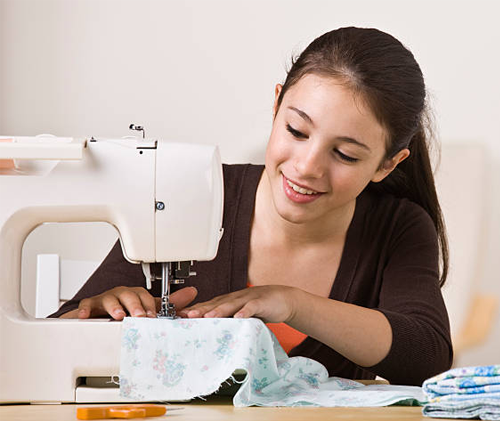
Jumping is a phenomenon where stitches can’t be formed continuously because the hook at the bottom of the machine can’t lift the top yarn or the top yarn slips after being hooked during the sewing process of the sewing machine.This is mainly due to the mismatch between the movement time or the movement position of the needle and hook.Of course, it is also possible that the needle cannot forma loop, which leads to a bridge.
If there is a bridge, you can find the reason for the following:
Problem with the needle
(1) check if the top thread is threaded incorrectly or if a certain position of the thread has been lost.
(2) check if the needle is installed correctly, e.g. if the long slot on the needle is installed upside down or crooked.
(3) check if the needle model is applicable, if the height of the needle bar adjustment is accurate and check if the needle is close to the top of the needle bar.If the needle is set too high or too low, it will affect the wire of the shuttle.
(4) check if the needle is deformed.When sewing with a deformed needle, the hook cannot pick up the suture because the loop formed is far from the hook.Slightly bent needles are difficult to identify directly with the naked eye and can be identified by turning the needle on the platform.
(5) check if the motion time of the needle and hook match.The movement time of the needle and hook completely matches, so that the hook can accurately hook the suture.
(6) check if the thickness of the needle and sewing thread are adequate.Using a large needle with a fine sewing thread can also cause jumpers.This is because the eye of the large machine needle is longer and wider, and the position of the hole to Pierce the fabric is larger, so the thin sewing thread has more room to move.If it exceeds the hook range and hook thread, a bridge will appear.
(7) check if the eye of the machine needle is blocked due to the fusion of the remaining chemical fiber sewing thread, so that the suture cannot be transported normally and cannot forma loop.
Pressing foot problem
Check to see if the plug is installed too high and the power rate is too fast.If the press is installed too high, the pressure force of the press to feed the fabric will be insufficient.At this time, the fabric will vibrate with the press so that the upper thread cannot be pressed to forma loop.Pressing them is too fast.The top yarn is quickly removed with the fabric and the hook can’t catch the top yarn.
Problems with sewing thread
(1) check if the sewing thread is too thick, of irregular thickness or if the texture of the sewing thread is too soft.
(2) check if the upper thread tension is too tight.The upper thread tension is too strong, the needle loop formed under the machine tool is too small and the hook cannot be hooked.
Other issues
(1) check if the hook is defective.The missing hook cannot be hooked with sutures.
(2) check if the needle plate hole is too large.Many manufacturers did not replace the corresponding needle plate in time after switching to smaller needles when producing thin materials.The large needle plate hole causes the fabric to enter or exit the round hole position using the machine needle, and the sewing thread cannot be compressed to forma loop, and will also cause the thread to jump.
(3) check if the pulling teeth, the shuttle bed, etc., are sedimented with cotton dust and dust, and always keep them clean to avoid affecting the formation of the wire steps.
Jumping is a phenomenon where stitches can’t be formed continuously because the hook at the bottom of the machine can’t lift the top yarn or the top yarn slips after being hooked during the sewing process of the sewing machine.This is mainly due to the mismatch between the movement time or the movement position of the needle and hook.Of course, it is also possible that the needle cannot forma loop, which leads to a bridge.
If there is a bridge, you can find the reason for the following:
Problem with the needle
(1) check if the top thread is threaded incorrectly or if a certain position of the thread has been lost.
(2) check if the needle is installed correctly, e.g. if the long slot on the needle is installed upside down or crooked.
(3) check if the needle model is applicable, if the height of the needle bar adjustment is accurate and check if the needle is close to the top of the needle bar.If the needle is set too high or too low, it will affect the wire of the shuttle.
(4) check if the needle is deformed.When sewing with a deformed needle, the hook cannot pick up the suture because the loop formed is far from the hook.Slightly bent needles are difficult to identify directly with the naked eye and can be identified by turning the needle on the platform.
(5) check if the motion time of the needle and hook match.The movement time of the needle and hook completely matches, so that the hook can accurately hook the suture.
(6) check if the thickness of the needle and sewing thread are adequate.Using a large needle with a fine sewing thread can also cause jumpers.This is because the eye of the large machine needle is longer and wider, and the position of the hole to Pierce the fabric is larger, so the thin sewing thread has more room to move.If it exceeds the hook range and hook thread, a bridge will appear.
(7) check if the eye of the machine needle is blocked due to the fusion of the remaining chemical fiber sewing thread, so that the suture cannot be transported normally and cannot forma loop.
Pressing foot problem
Check to see if the plug is installed too high and the power rate is too fast.If the press is installed too high, the pressure force of the press to feed the fabric will be insufficient.At this time, the fabric will vibrate with the press so that the upper thread cannot be pressed to forma loop.Pressing them is too fast.The top yarn is quickly removed with the fabric and the hook can’t catch the top yarn.
Problems with sewing thread
(1) check if the sewing thread is too thick, of irregular thickness or if the texture of the sewing thread is too soft.
(2) check if the upper thread tension is too tight.The upper thread tension is too strong, the needle loop formed under the machine tool is too small and the hook cannot be hooked.
Other issues
(1) check if the hook is defective.The missing hook cannot be hooked with sutures.
(2) check if the needle plate hole is too large.Many manufacturers did not replace the corresponding needle plate in time after switching to smaller needles when producing thin materials.The large needle plate hole causes the fabric to enter or exit the round hole position using the machine needle, and the sewing thread cannot be compressed to forma loop, and will also cause the thread to jump.
(3) check if the pulling teeth, the shuttle bed, etc., are sedimented with cotton dust and dust, and always keep them clean to avoid affecting the formation of the wire steps.
